A liquid bandage is an effective treatment for minor cuts and injuries. It is quick, easy, and painless. You may ask can you use liquid bandage on dogs? Yes, you can. Liquid bandages can be used on minor cuts and wounds in dogs. Moreover, a liquid bandage can be used on minor cuts and wounds in your dog’s body. It doesn’t slow down movements and can be applied to difficult-to-heal areas like the tail, ears, nose, and nails. A liquid bandage is a lifesaver for owners of fussy dogs that constantly chew traditional dog bandages.
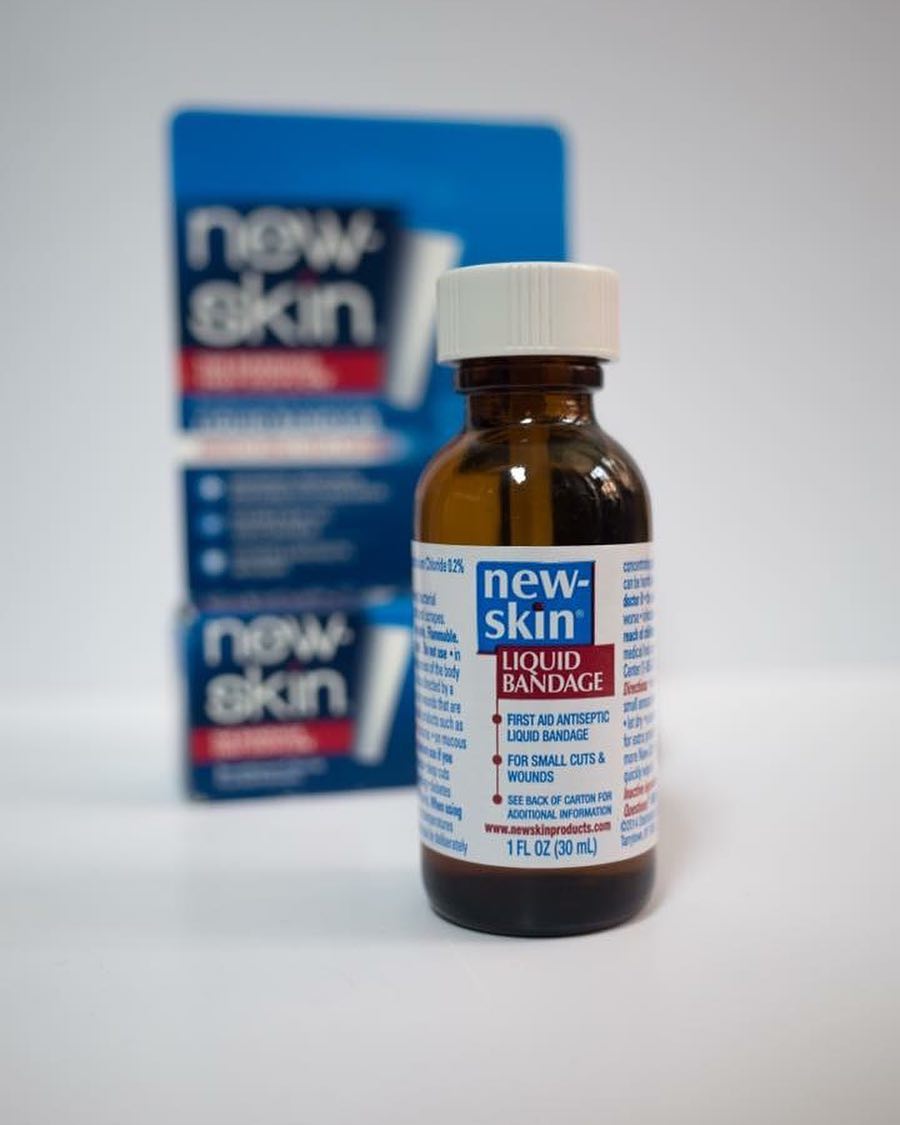
Can You Use Liquid Bandage On Dogs?
A liquid bandage (also known as tissue adhesive) is a sticky, polymer substance that can be applied as a spray or foam to the wound.
Imagine your dog hates regular dog bandages and tries to remove them every chance he gets. You’re lucky if that is the case. There are liquid bandages available for pets.
A dog liquid bandage covers the entire wound surface. This bonds the edges and protects them from bacteria and other harmful agents. A liquid bandage also helps to maintain the proper moisture balance, which is essential for wound healing.
A liquid bandage is a quick and easy way to apply a bandage to a dog’s wound. It can be used on any wound in minutes and transform from liquid to a flexible seal. This is a significant advantage over regular bandages that take days to apply.
A liquid bandage is not only easy to use but also waterproof. It is well-known that skin maceration can occur in a moist environment. This means the skin will become softer and more fragile. This, in turn, hinders the formation and maintenance of granulation tissue.
You may like: Do dogs have a uvula?
Is it possible to use super glue to close a dog’s wound?
Traditional super glue is a popular choice for minor wounds. Super glue is a good choice for minor injuries.
Super glues can be different from one another. Also, super glue, which we all have at home, is not FDA-approved for use in medicine. The burning sensation it causes on a wound can cause stress to your dog and irritation to the skin. Their toxicity level is also unknown.
Some super glues used in hardware can also be appealing to dogs. Even the smallest amount can cause diarrhea, vomiting, throat obstruction, and intestinal blockage.
Super glue can be used on wounds to spread bacteria. It is essential to avoid putting glue in the wound. Super glues for medical purposes like Dermabon and vet glues like VetGlu or LiquiVet are sterile, have fewer side effects, and cause less skin irritation. They are more flexible once solidified and do not impede movement.
Technically, household superglue might work, but it is best to search for vet liquid bandages for pets to avoid potential complications and risks.
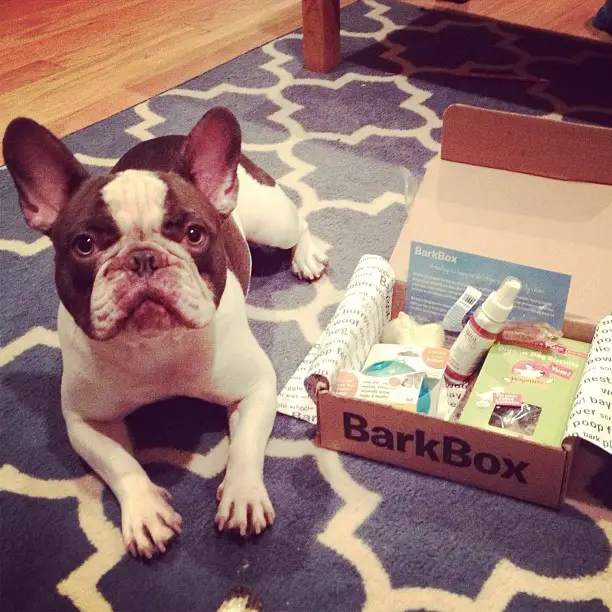
Is Human Liquid Bandage safe for dogs?
It would help if you didn’t use liquid bandages made for humans on dog wounds.
Although it is not dangerous or unwise, liquid bandages made from human blood are not the best for dog wound protection.
Most human liquid bandages are alcohol-based. The liquid bandages can cause minor stinging and irritation, which could be distressing for your dog. You might have to stop using a liquid bandage if your dog is sensitive.
Human liquid bandages can contain toxic chemicals that could be harmful if ingested. You should avoid using an E-cone to treat your constant licker. Instead, look for veterinary bandages which are safe to ingest.
You may like: Do Beagles Point?
When can you use the liquid bandage for dogs?
Liquid bandages are best for minor cuts and scrapes. Some liquid bandages are also useful for soothing skin allergies and minor ulcers.
It is easy to use liquid bandages on difficult-to-reach places and areas that are difficult to cover with a standard dog bandaid. These include wounds around the ears, nose, ears, neck, and area around the eyes.
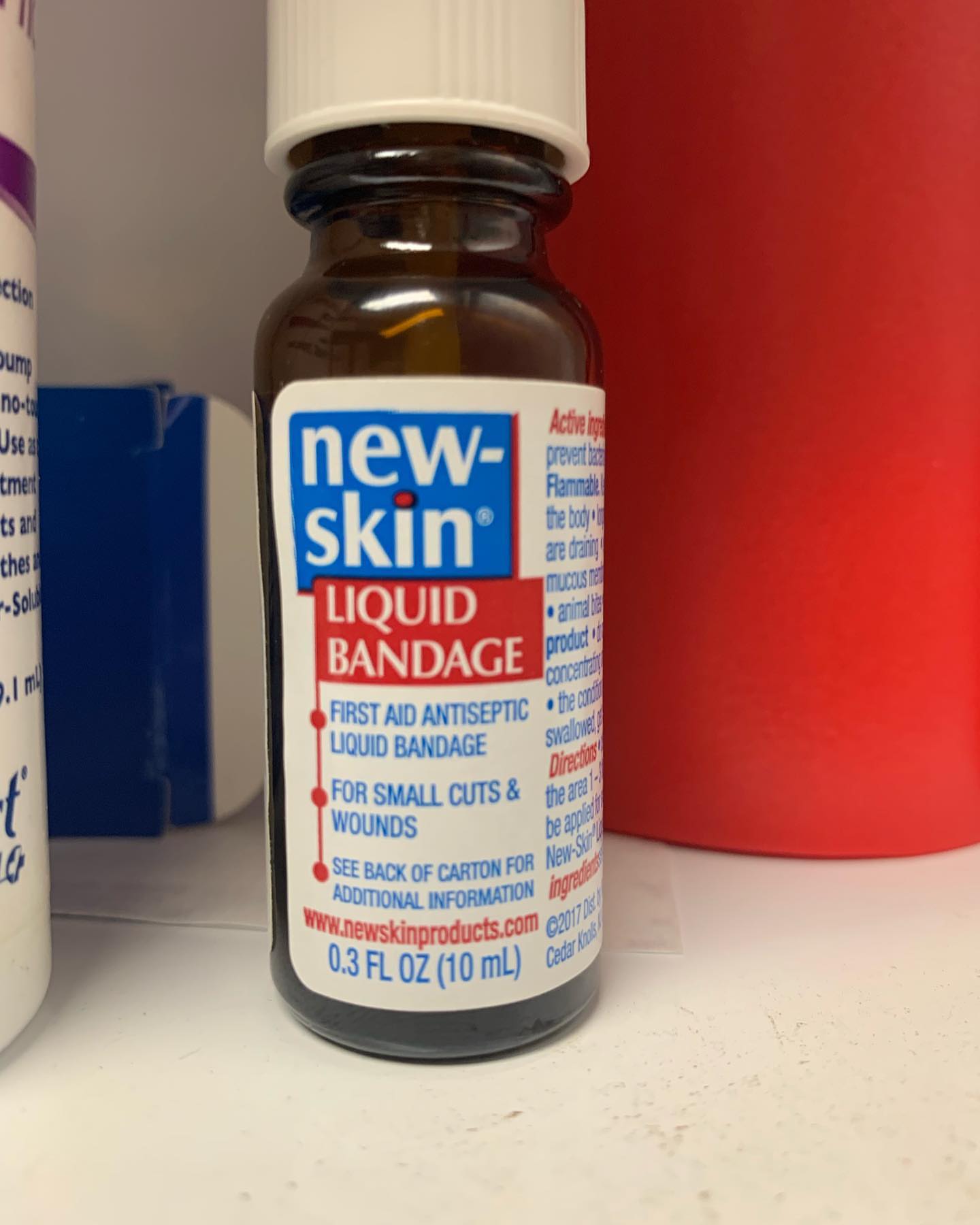
These are some essential rules and tips about when you can apply a liquid bandage to your dog’s skin:
- A cut or wound should not be more than 4 cm and should be superficial. It’s best to consult your veterinarian if your dog has a large, gaping wound greater than 4 cm.
- A wound should be clean, dry, and free from debris. There is a good chance that the wound has an infection if it is reddening or leaking. A liquid bandage will not do any good if your dog has a wound that needs professional disinfection.
- A cut should be straight and without any tension around the edges. Professionals should assess any jagged or punctured wounds.
- It is okay to have a little bit of bleeding. You can use them to cut a dog’s. To aid the clotting process, choose a liquid bandage that contains styptic ingredients like ferric subsulfate.
You may like: Can dogs eat rice Krispie treats?
What is the best Dog Liquid Bandage?
It is not easy to find the right liquid bandage for your dog. There are so many brands and options that it can be difficult to know if the product will work for you. These are the features and ingredients to be aware of when selecting the best liquid bandage.
Fast-drying
Your dog may find it difficult to stay still when you are treating cuts or wounds. You should choose a liquid bandage that takes a few minutes to dry if your dog is naturally fussy. Some tissue adhesives take only 30 seconds to create a protective film.
None alcoholic
Use a liquid bandage to protect your dog. It shouldn’t contain alcohol. This can cause your pup more stress and sting.
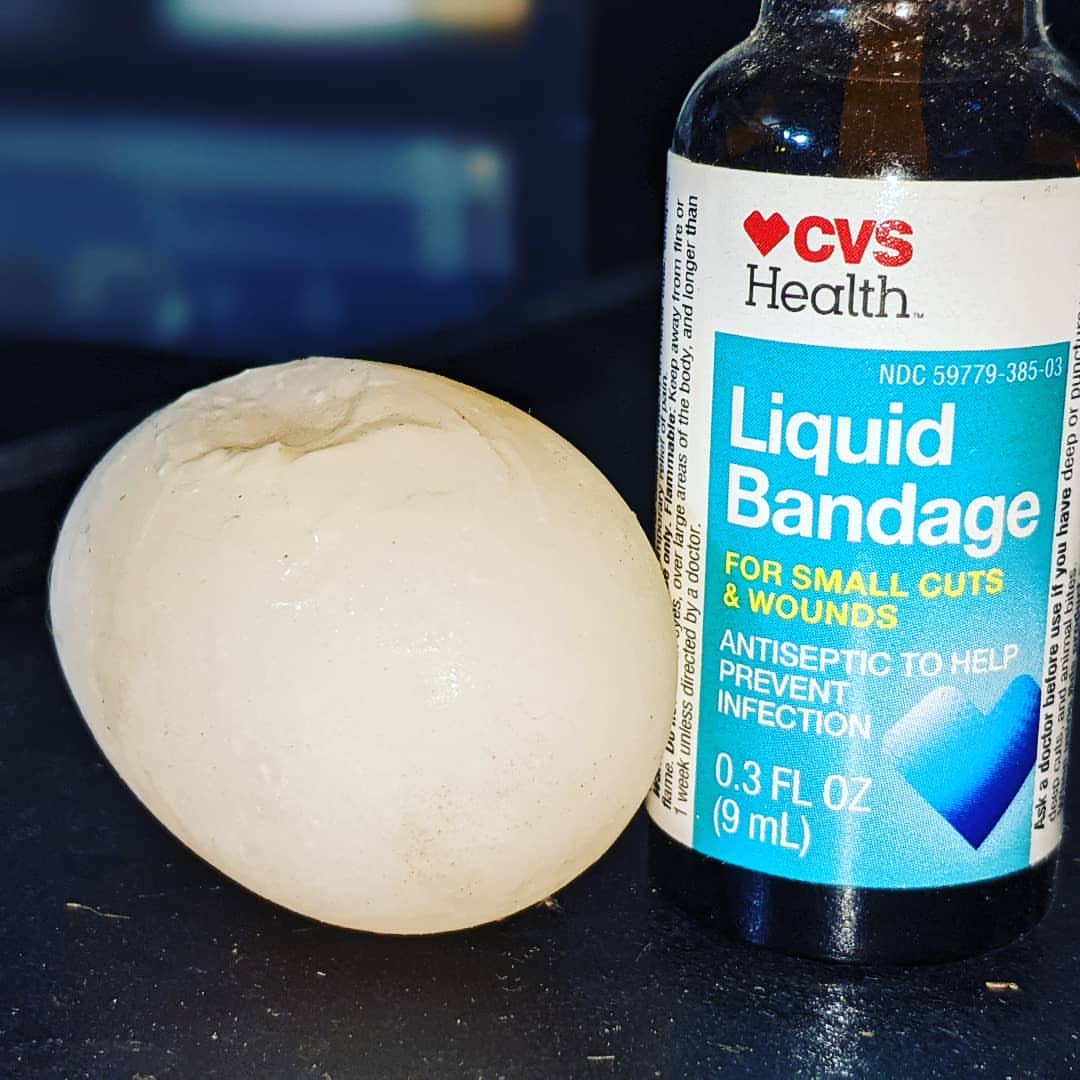
Waterproof
A seal that forms over a dog’s wounds after applying a liquid bandage should repel water but still allow for airflow to promote healing.
Includes anesthetic
Even small cuts and wounds can cause pain and discomfort for your dog. Your pet will feel immediate relief if you include benzocaine as an ingredient.
You may like: How much are the dogs at Petland?
Bitter agent
Dogs will immediately pick at wounds if they are injured. Although saliva has healing properties, excessive licking may slow the healing process. A good liquid bandage’s non-toxic, bitter substance can discourage your dog from licking the wound.
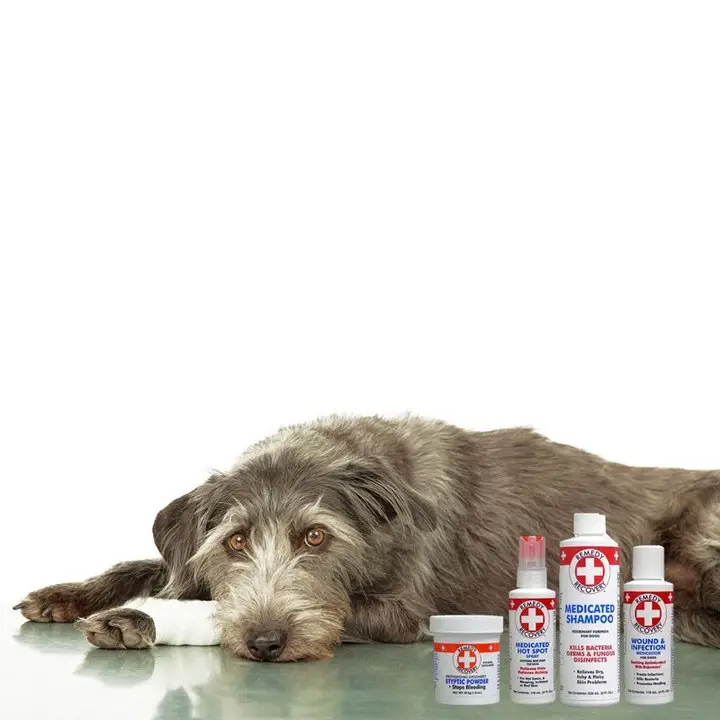
Safe to ingest
You should ensure that the liquid bandage you select does not contain any harsh chemicals, petroleums, or preservatives, which can cause stomach problems or allergies when ingested.



